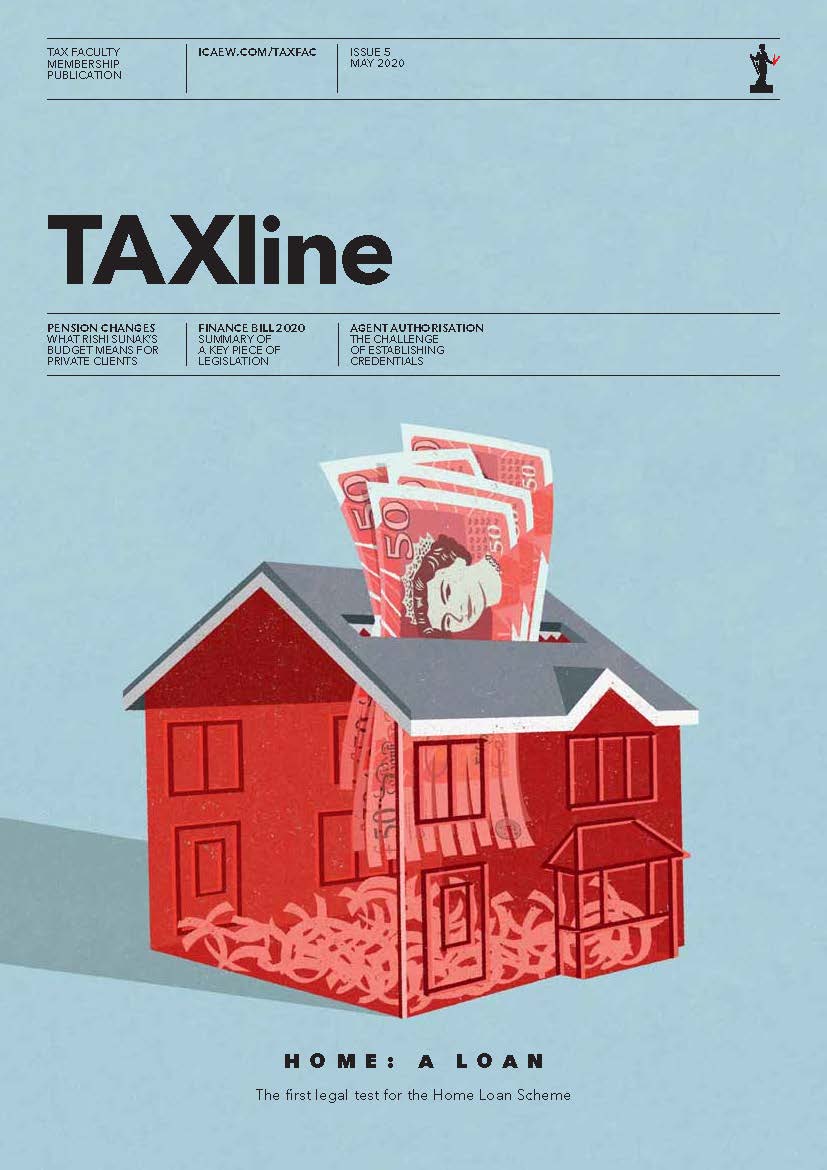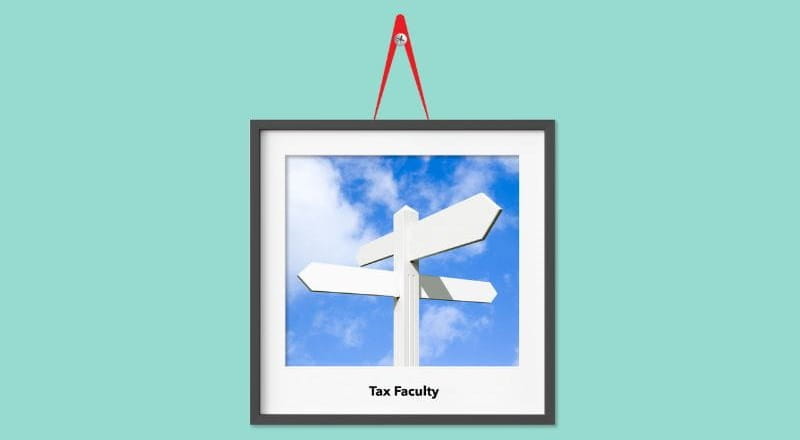Since 1 January 2021, the UK has had its own emissions trading scheme (UK ETS). Prior to the UK ETS, the UK participated in the EU’s emissions trading scheme (EU ETS).
Both the UK and EU schemes are ‘cap and trade’ schemes. This is where a cap is set on the total volume of certain greenhouse gases that the sectors covered by the scheme can emit. In the UK, sectors covered include certain energy intensive industries, power generation and aviation.
Participants in the scheme must obtain (and then surrender) enough allowances to cover their reportable emissions. Reportable emissions might include, for example: emissions from the refining of mineral oil, production of certain metals, or the manufacture of glass or ceramic products. The allowances can then be traded as necessary.
In theory, the government can reduce the cap in line with carbon reduction goals. Participants in the UK ETS must either find ways to reduce their emissions or purchase allowances from those participants that already have.
What is a CBAM and why is it needed?
A carbon border adjustment mechanism (CBAM) applies a carbon price at the border to imports of certain products, based on their embedded emissions or carbon footprint, equivalent to the carbon price borne on those products by domestic producers.
There are two methods for measuring a country’s carbon footprint:
- production emissions, and
- consumption emissions.
Production emissions measure the amount of carbon dioxide equivalent emitted within the country’s territorial boundaries. Consumption emissions measure the amount of carbon dioxide equivalent emitted in the production of goods consumed in the country, whether the goods are made locally or imported.
Production emissions are the target of the UK’s net zero policy. The UK ETS is a key tool in the government’s strategy to reach this target. However, as things stand, there is a risk of ‘carbon leakage’ because of the UK ETS.
Carbon leakage describes an outcome where policies designed to reduce emissions in one country lead to production being moved to another jurisdiction with less ambitious climate policies.
For example, if a UK business cannot afford to buy enough emissions allowances to cover its carbon-emitting activity, or the innovation required is too expensive or not possible, the business may offshore this activity to a country without an emissions trading scheme.
As a result, carbon emissions are not reduced, but moved instead. This could potentially lead to higher emissions.
The activity may be more carbon-intensive in its new offshore home, if that country has not enacted any climate policies to encourage investment in cleaner production practices. Goods produced elsewhere may also need to be transported to the UK, which could further increase emissions.
Applying a CBAM should reduce the incentive to offshore production of carbon-intensive activities and encourage investment in cleaner production technologies. As the UK imports nearly half of its consumption emissions, this could be a crucial tool in the fight against climate change.
Consultation
The government confirmed in a written statement to parliament on 16 May, that it would consult on implementing a CBAM and product standards to address carbon leakage. Although no date has been set, it is recommended that the consultation is launched before the end of 2022.
Although the government has not committed to introducing a CBAM, it has pledged to listen to a wide range of views on the matter. It believes it is essential that, if implemented, these policies are designed with the needs of stakeholders, interests of consumers, and wider impact (including on trade) in mind. In particular, the government has stressed the importance of considering the interest of its low- and middle-income country trading parties.
The government has also stated that it is actively engaging with the EU on its own CBAM proposals, to understand how this may impact on the UK’s trading relationship with the EU, and Northern Ireland. The EU’s CBAM is due to become fully operational in 2026, with reporting starting in 2023.
Useful links
Tax Faculty
This guidance is created by the Tax Faculty, recognised internationally as a leading authority and source of expertise on taxation. The Faculty is the voice of tax for ICAEW, responsible for all submissions to the tax authorities. Join the Faculty for expert guidance and support enabling you to provide the best advice on tax to your clients or business.
More support on tax
ICAEW's Tax Faculty provides technical guidance and practical support on tax practice and policy. You can sign up to the Tax Faculty's free enewsletter (TAXwire) which provides weekly updates on developments in tax.
Sign up for TAXwireJoin the Tax FacultyThe future of tax after COVID
As digital technologies transform society, the UK government is grappling with balancing the books while ensuring its tax system is fit for purpose. Join us as we take a look at the issues and challenges facing the tax system.
Read more


